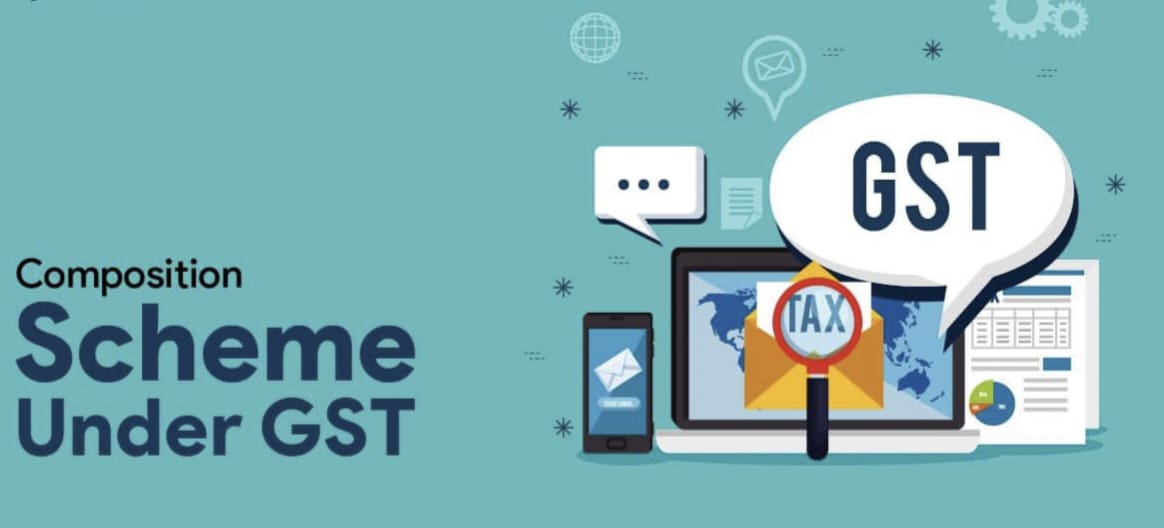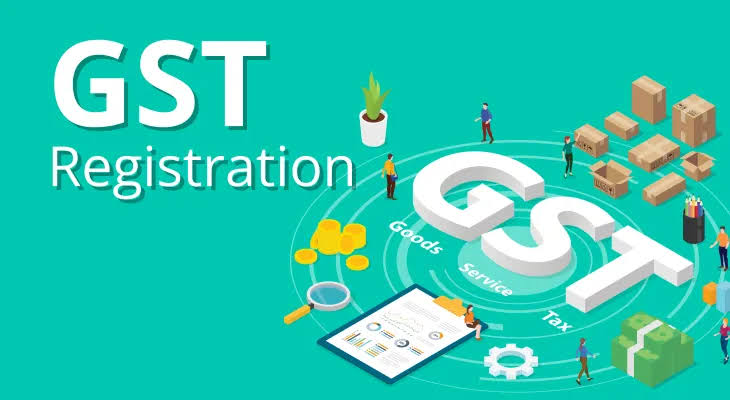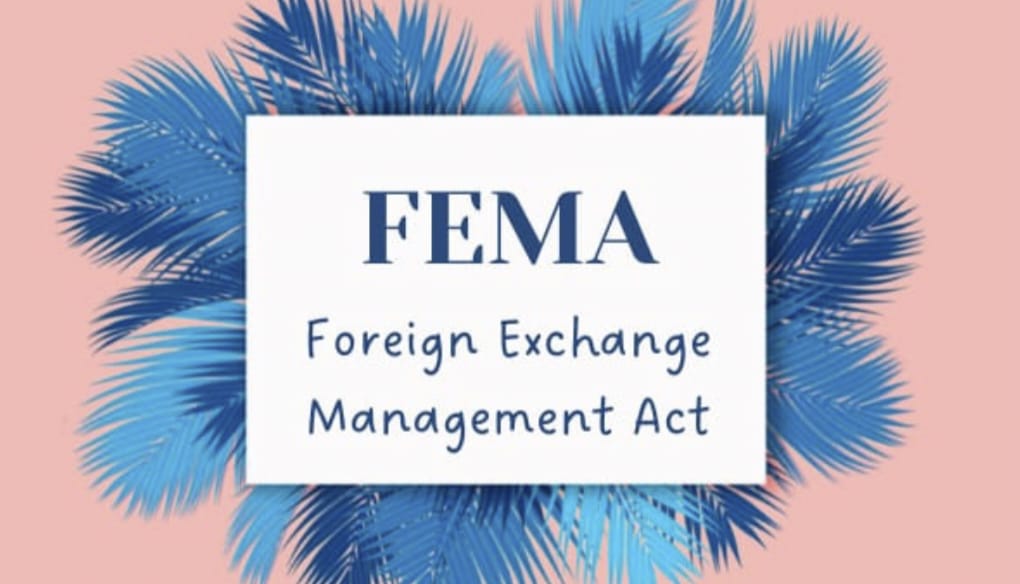Understanding the Composition Scheme under GST: A Simplified Taxation Approach for Small Businesses
The Composition Scheme
under GST is a simplified tax mechanism for small businesses in India. It
allows eligible businesses to pay a fixed percentage of their annual turnover
as tax, instead of regular GST rates, to reduce the compliance burden. This
scheme is designed to make tax payments easier for small businesses by
streamlining the process and minimizing the complexities involved in filing
returns and maintaining records.
Key Features of the Composition Scheme, Eligibility Criteria, Benefits of the Composition Scheme and Procedure to Opt in for the Composition Scheme
Key
Features of the Composition Scheme :
·
Lower
Tax Rates: Businesses opting for the Composition Scheme are
required to pay tax at lower rates, typically ranging between 0.5% to 6%,
depending on the type of business like 1% of the turnover for traders and other
suppliers eligible for composition scheme registration. Manufacturers, except
those producing items ineligible for the GST Composition Scheme, are required
to pay 2% of their turnover as tax. 5% of the turnover for restaurant services.
·
Simplified
Compliance: Businesses under the Composition Scheme
are required to file only one quarterly return (GSTR-4) instead of the monthly
returns that regular taxpayers must file.
·
Restricted
Input Tax Credit: Businesses under the Composition Scheme
are not allowed to claim Input Tax Credit (ITC) on purchases, which means that
the tax paid on inputs cannot be used to offset the tax liability.
·
Limited
Territory of Operation: The scheme is available only for
businesses operating within a single state, as inter-state transactions are not
allowed under the Composition Scheme.
·
Bill
of Supply: Instead of a tax invoice, businesses under the
Composition Scheme issue a bill of supply, as they are not allowed to charge GST
on their sales to customers.
Eligibility
Criteria :
To opt for the
Composition Scheme, a business must meet the following criteria:
·
Annual
Turnover: The current
turnover limit for opting for the Composition Scheme is ₹1.5 crores for most
states and ₹75 lakhs for special category states. For service providers, the
limit is ₹50 lakhs.
·
Type
of Business: The scheme is available for
manufacturers, traders, and restaurants (excluding those serving alcohol).
Service providers can also opt for the scheme, provided their turnover does not
exceed the specified limit.
·
Exclusions:
Businesses involved in inter-state supply of goods, e-commerce operators, and
manufacturers of certain notified goods (like ice cream, pan masala, and
tobacco) are not eligible for the Composition Scheme.
Benefits
of the Composition Scheme :
·
Reduced
Tax Liability: The lower tax rates under the
Composition Scheme significantly reduce the overall tax liability for small
businesses.
·
Ease
of Compliance: With fewer returns to file and
simplified record-keeping requirements, the scheme makes GST compliance easier
for small businesses.
·
Increased
Liquidity: By not having to pay tax at regular GST rates,
businesses can maintain better cash flow and liquidity.
·
Focus
on Business Growth: With reduced compliance burden, small
businesses can focus more on growth and expansion rather than spending time on
tax-related matters.
Procedure
to Opt in for the Composition Scheme :
·
New
Businesses: At the time of GST registration,
businesses can opt for the Composition Scheme by selecting the appropriate
option in the registration form.
·
Existing
GST Registrants: Existing businesses can opt for the
Composition Scheme by filing Form GST CMP-02, which must be submitted at the
beginning of the financial year for which the scheme is to be applied.
·
Validity:
Once opted, the Composition Scheme remains valid for the entire financial year,
provided the business continues to meet the eligibility criteria.
Reasons to Opt Out, How to Opt Out, Considerations and Limitations
Reasons
to Opt Out:
·
Claim
Input Tax Credit (ITC): Businesses can claim ITC on
purchases, reducing tax liability.
·
Business
Growth: Exceeding turnover limits or planning expansion may
necessitate opting out.
·
Partnering
with Large Enterprises: Being a regular GST taxpayer makes
businesses more attractive to large enterprises seeking ITC.
·
Better
Tax Management: Regular GST offers more control over
tax adjustments through ITC.
How
to Opt Out:
·
File
CMP-04 Form: Declare opting out on the GST portal.
·
Follow
Regular GST Compliance: Begin issuing GST invoices,
maintaining records, and filing regular returns (GSTR-1, GSTR-3B).
·
File
Final Return: Submit GSTR-4 under the Composition
Scheme before transitioning.
·
Update
Records: Ensure all business records reflect the change.
Considerations:
·
Compliance
Costs: Regular GST requires more paperwork and accounting.
·
Pricing
Impact: Consider how passing ITC benefits to customers
affects pricing.
·
Cash
Flow Management: Plan for ITC claims and tax payments on
outward supplies.
·
Opting out should align with the
business's growth and operational needs.
Limitations :
While the Composition
Scheme offers several benefits, businesses must also consider its limitations:
·
No
Input Tax Credit: As mentioned earlier, businesses cannot
claim ITC, which could lead to higher costs if they make significant purchases
from regular taxpayers.
·
Restriction
on Interstate Transactions: Businesses dealing in inter-state
supplies cannot opt for the Composition Scheme, limiting their market reach.
·
Competitive
Disadvantage: Businesses under the Composition
Scheme cannot pass on the GST to customers, which may make their products or
services seem more expensive compared to competitors who can claim ITC and
charge GST.
Conclusion
The Composition Scheme
under GST is a boon for small businesses, offering a simplified tax structure
with reduced compliance requirements. However, it is essential for businesses
to carefully assess their eligibility and the implications of opting for the
scheme. By doing so, they can make an informed decision that aligns with their
business goals and ensures compliance with GST regulations.






